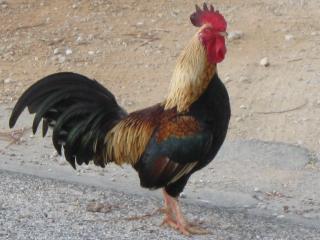Beneficial pathogens
Pathogens
Include target-specific bacteria, fungi or viruses, of which there are some commercial preparations available. Bacillus thuringiensis (BT) is one of the most commonly used pathogens. It controls young caterpillars of moth and butterfly pests.
Entomopathogenic (parasitic) nematodes
These are parasitoids because they will kill their host in the process of completing their life cycle.
Entomopathogenic nematodes are microscopic, simple round worms. They kill insects by entering them and releasing a bacterium that multiplies within the insect. The bacterium, harmless to humans and other animals, serves as a food source for the nematode.
Beneficial vertebrates
These are birds including chickens and ducks, frogs and other vertebrates which consume insects, snails and slugs as part of their diet.
Frogs
Frogs eat mosquitoes, cockroaches, flies and slaters. Because their presence is considered to be a reflection of good environmental health, they are often referred to as an 'indicator' species. Frogs need moisture to survive, and also require food, shelter and places to breed. Build a pond to attract frogs.
Birds
Birds are part of the natural ecosystem, and many are attracted to insects and flowers. Plant local native plant species and create a diverse community of different insects and flowers to bring birds into your garden.

